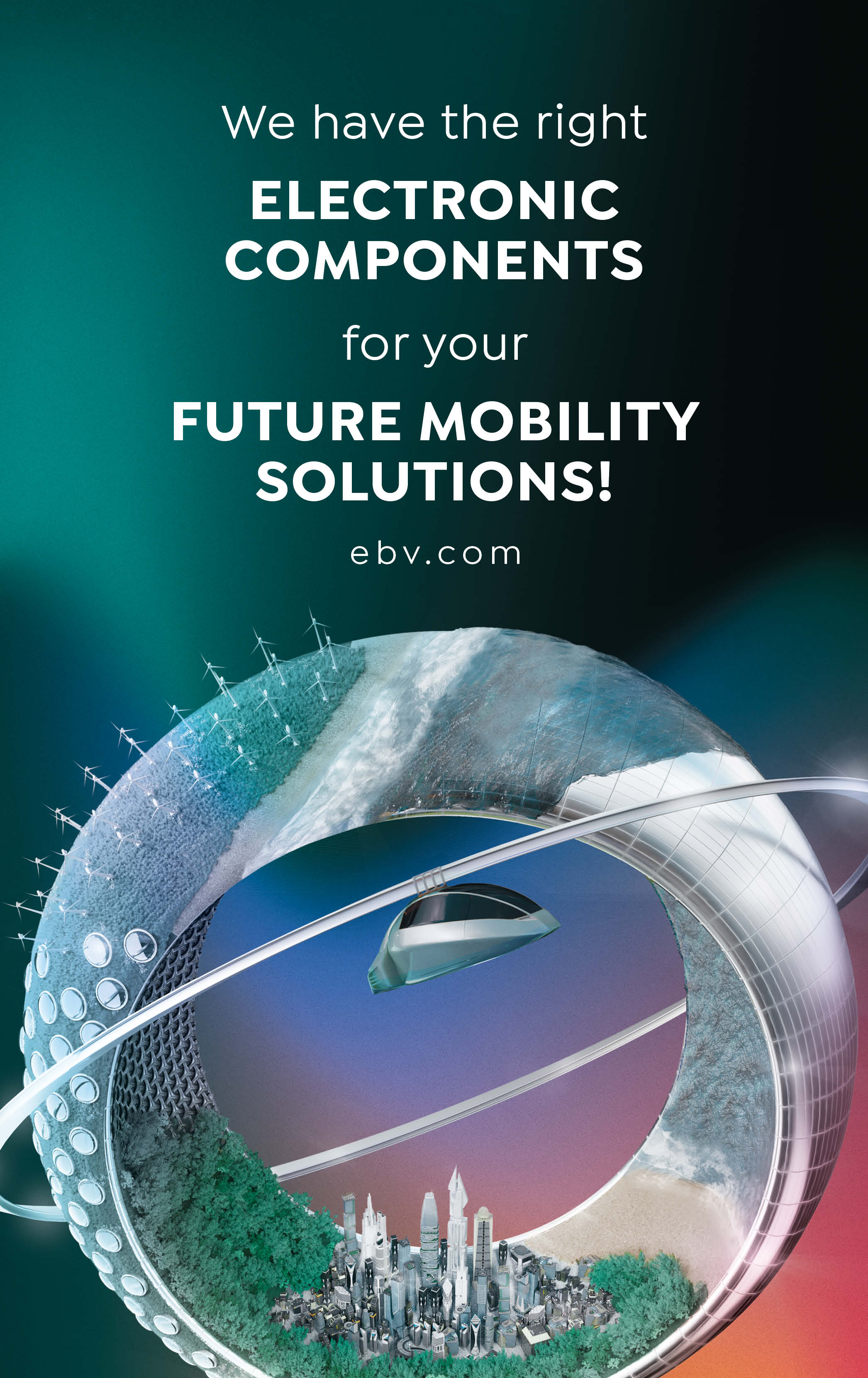“Mobility as a Service” is a user-centric model for providing a means of transportation. Different modes of transport are integrated via digital channels in such a way that the user can plan, book and pay for them using just one app.
These days, private cars are still frequently considered an all-in-one solution for all mobility requirements: you can drive to the bakery around the corner or travel 1,000 kilometres with the whole family for a holiday by the sea. However, humans are increasingly realising that having your own car is neither ecological nor economically sustainable, because for most people, the car stands around unused for 96 percent of the time. But what is the alternative? Mobility as a Service, or MaaS for short, could be the answer.
Mobility solution at the press of a button
MaaS integrates different forms of transport and transport-related services in a single, comprehensive and needs-based mobility service. Users can access a mobility solution in just a single application and a single payment channel (instead of several ticketing and payment processes).
“The main concept of MaaS is to put the user at the centre of the transport services and to offer them tailored mobility solutions based on their individual needs,”
explains the European Mobility as a Service Alliance. The basis of this is to combine all available modes of transport – from walking and cycling, car sharing and using public transport, through to future air taxis. This gives passengers a flexible, seamless and uncomplicated travel experience at the press of a button and without having to use their own vehicle. Users receive real-time information about available transport options in one app and can use it to immediately book and pay for the one that is right for them.
Existing modes of transport, such as the private car or the train, are not excluded, but instead integrated. Maria Kamargianni, Professor of Transport Systems Innovation and Sustainability and the Head of MaaSLab at University College London (UCL) says:
“Public transport is the backbone of MaaS, and there are cities that are already meeting most user needs with this offering. When there is a good foundation and new things are launched on top of it, people will follow. But you need the foundation.”
Software as the technology basis
Digitalisation is the prerequisite for creating a MaaS offering, as explained by Paul Rogers, Sales and Marketing Director at Flowbird, a global provider of fare and payment systems for transport companies and authorities:
“Technology companies such as Flowbird have a key role to play in integrating transport network systems that contribute to a more seamless experience for people’s journeys. By making it easier to plan, pay for and fulfil journeys, we can support passengers and authorities and help to promote travel choices that support national and regional objectives, such as reducing congestion or lowering carbon emissions.”
There are three main technology solutions at the heart of a MaaS system: first of all, you need an app. Users can plan, book and pay for mobility services using the mobile application. In an ideal world, you would have different (providers of) transportation modes integrated in the app, for example bike sharing, public transport and hire cars. The network assets and systems are managed and monitored – including ticketing and payment infrastructure – via a cloud solution. Operators also have a real-time overview of the service and can analyse user behaviour and the use of different modes of transport.
The third element is the payment function: users can pay for mobility services from different providers (bike sharing, car sharing, public transport, etc.) using cEMV bankcards, a smartphone or smartwatch, or with smart tickets, for example. The basis for this are so-called “open payments”: they are helping to revolutionise financial services that fall under the general term “open banking” and enable third parties to access banking data in order to provide innovative services. Thanks to open payments, companies such as transport operators can manage and monitor payments without having to completely redesign their payment and ticketing systems. This enables the seamless connection of different transport service providers, who appear as a single service for the end user.
Open collaboration between all stakeholders
In order for MaaS to really work and be able to offer the best user experience, the various transport system service providers have to work together.
“A well-functioning MaaS ecosystem requires a lot of openness. Operators may be worried about losing their identity and brand, and so they prefer to have their own MaaS platforms or services that are only accessible to their own clients. But monopolising is not fair to the customer,”
says UCL Professor Maria Kamargianni. If the various stakeholders in the mobility sector can understand this, MaaS has the potential to revolutionise the transport industry, especially city transportation. It can reduce traffic and pollution because it makes using public transport more convenient and encourages people to leave their cars at home and use a common transport infrastructure.



